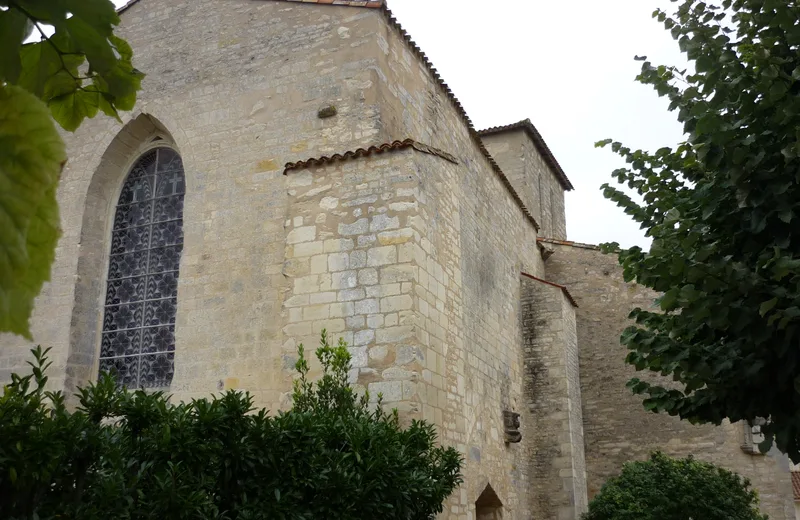Venez découvrir l'incroyable patrimoine d'Usseau, d'Antigny et d'Olbreuse !
Détail de l'itinéraire
Description
Lieu de passage entre la plaine d’Aunis, le Marais poitevin et la mer, Usseau dérive de Ussena signifiant une butte plantée de vignes. Rattachée au canton de Mauzé-sur-le-Mignon, la commune est composée de 5 hameaux surnommés localement les écarts : Antigny, Le Grand Breuil, Olbreuse, Le Plénisseau et Ussolière. Des vestiges de plusieurs sites antiques ont été révélés lors du creusement de tranchées, de travaux de jardinage ou de labours. Ancien centre huguenot, Usseau est le berceau d’Eléonore Desmier née en 1639 à Olbreuse. Par le jeu des mariages, sa descendance est présente dans dix-sept dynasties européennes, d’où son surnom de grand-mère de l’Europe. En 2019, Usseau s'unit avec Priaires et Thorigny-sur-le-Mignon pour former la commune nouvelle de Val-du-Mignon et en devient le chef-lieu.
-> Itinéraire non balisé
-> Itinéraire non balisé





